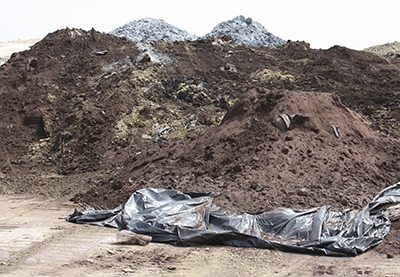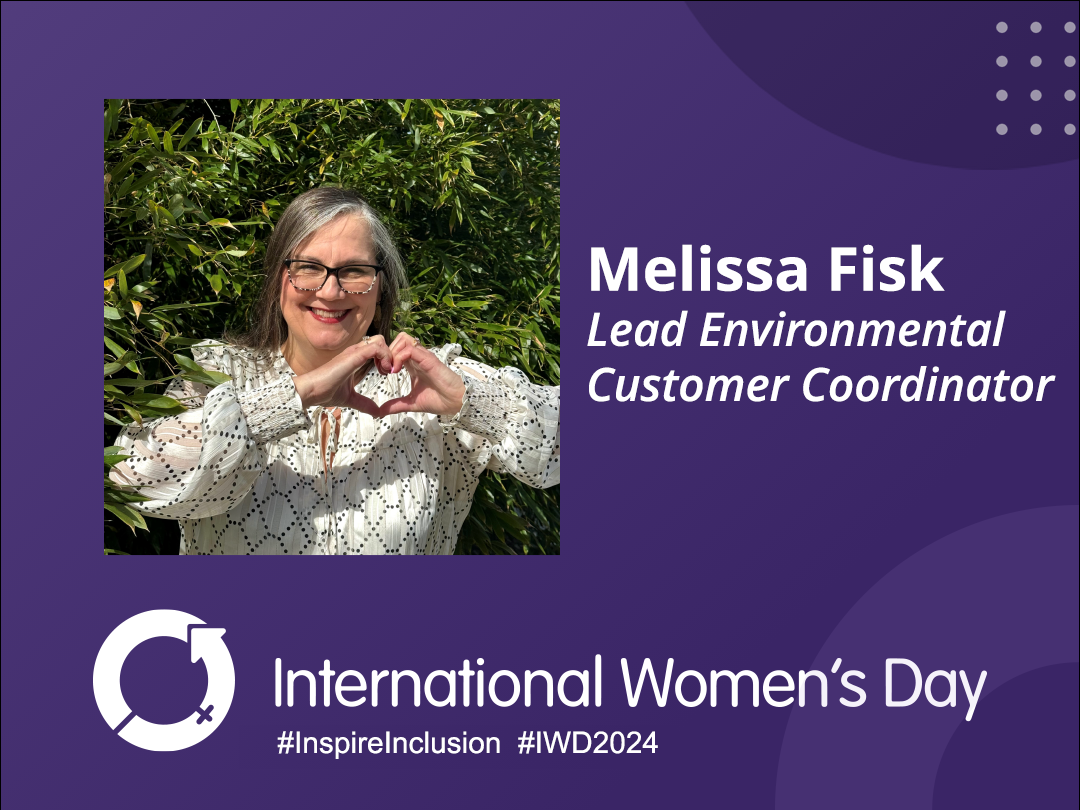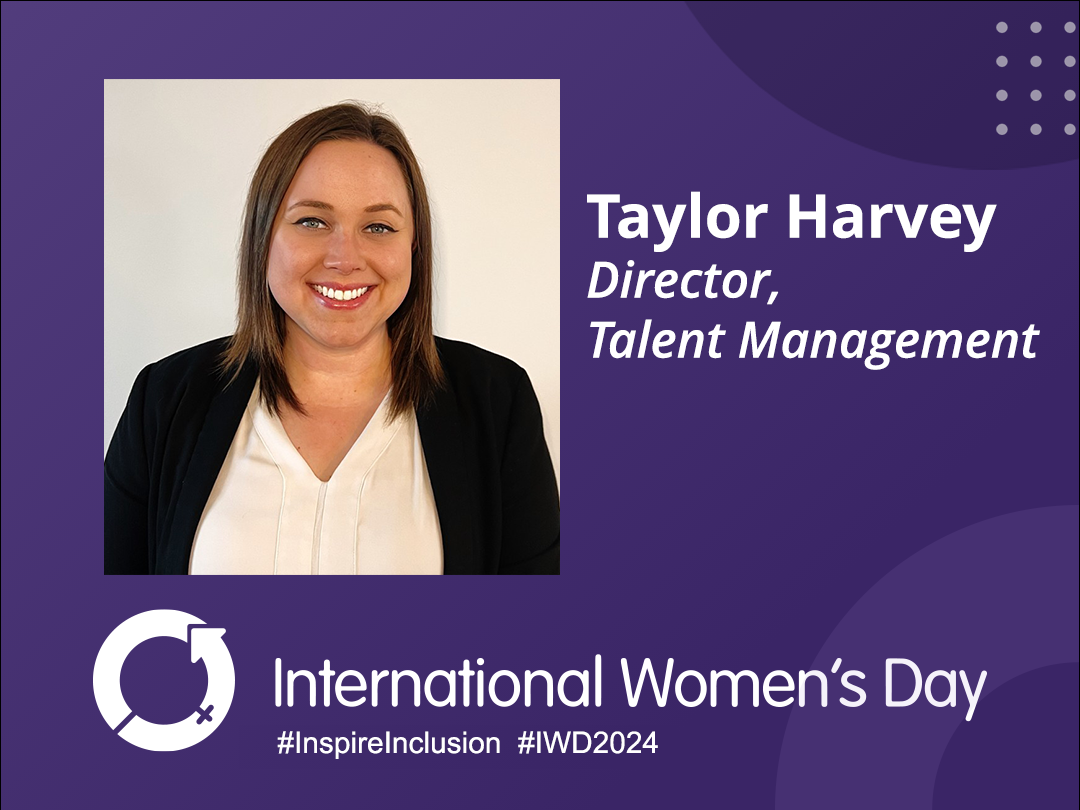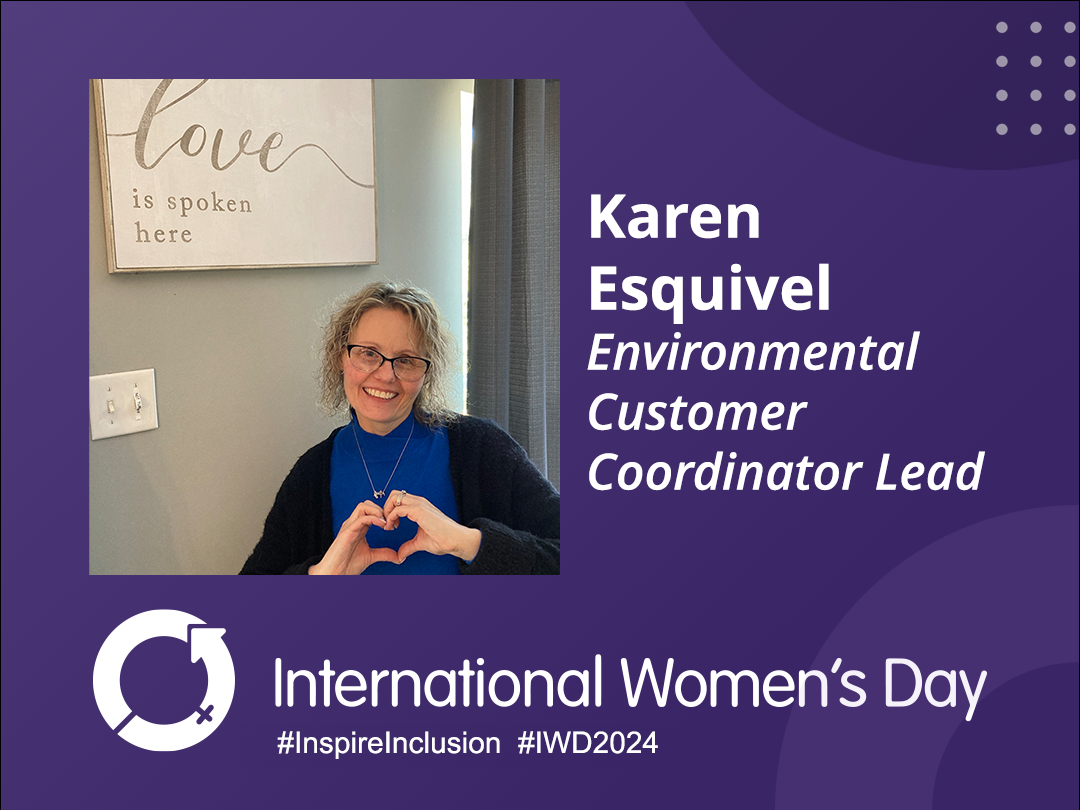
Last week we wrote about Universal Treatment Standards, why they were created, and what they aimed to achieve. Today I’d like to cover a similar topic, treatment standards for contaminated soil. When hazardous waste sites go through remediation they often generate contaminated soil which must then be handled as a hazardous waste if it contains a listed hazardous waste or exhibits a hazardous waste characteristic. Because remediation wastes often have uncommon properties or are vast in volume treatment standards had to be reconsidered. The issue was resolved by designating contaminated soil as a “unique treatability group,” subject to alternate treatment standards (EPA).
It is important to note that as with any hazardous waste, RCRA prohibits land disposal of contaminated soils until they have come to meet LDR standards. What changed for contaminated soils was the ways in which they could treat the waste to meet the standards. According to the EPA, “a facility may treat contaminated soil to meet the waste-specific treatment standard in §268.40, (i.e., the same standard the waste would have to meet if it was newly generated rather than found in soil) or to meet the soil-specific standards in §268.49. The soil standards mandate reduction of hazardous constituents by 90 percent, capped at 10 times the UTS. This means that if a 90 percent reduction of a particular constituent would bring the constituent concentration to below 10 times the UTS level, treatment need only achieve the 10 times UTS level. If the 90 percent reduction is higher than 10 times UTS, treatment need only achieve the 90 percent reduction.”
Waste handlers can also treat contaminated soils that exhibit a characteristic of hazardous waste with the standards mentioned above. If after doing so the soil still exhibits a hazardous waste characteristic, however, it must be disposed of in a Subtitle C Facility. This can happen because 10 times the universal treatment standard is occasionally still above the hazardous waste characteristic level. If treatment drops the characteristic level far enough the soil can be disposed of in a Subtitle D facility. Since soils contaminated with listed wastes (like the listed wastes themselves) will carry that listing forever they must be disposed of in a Subtitle C facility even after meeting LDR treatment standards.
The EPA notes that, “the soil treatment standards are promulgated pursuant to HSWA. Because the soil treatment standards are generally less stringent than current federal requirements, they will not go into effect in authorized states until the states adopt and become authorized for them, even though the soil treatment standards are promulgated pursuant to HSWA.”
“If a state is authorized to implement the LDR treatment standards for any given waste or constituent, and that waste or constituent is contained in contaminated soil that is subject to LDR, then, generally, the more stringent treatment standard for the as-generated industrial waste or constituent applies to contaminated soil until the state adopts and becomes authorized for the soil treatment standards. This would not be the case if the state implements state waiver authorities or other state laws to allow compliance with the soil treatment standards in advance of adoption or authorization. Similarly, if a state has adopted, under state law, an authorization for the requirement, and that waste or constituent is contained in contaminated soil that is subject to LDR, the more stringent state requirement continues to apply until the state adopts, under state law, the soil treatment standards.”
All information for this blog post was gathered from the EPA document, “Introduction to Land Disposal Restrictions.” As always, this blog post is not intended to be comprehensive and it is always best to check with the EPA and local government for full, up-to-date, rules and regulations.
More News From Heritage
-
3/12/24
Equal Pay Day – Spotlighting Our Female Drivers
-
3/8/24
International Women’s Week Spotlight – Shannon Dippel
For International Women's Week, we're spotlighting some of the incredible women in the Heritage family. Our final spotlight is Shannon Dippel.
-
3/8/24
International Women’s Week Spotlight – Susan Adams
For International Women's Week, we're spotlighting some of the incredible women in the Heritage family. Our sixth spotlight is Susan Adams.
-
3/7/24
International Women’s Week Spotlight – Lea Wilson
For International Women's Week, we're spotlighting some of the incredible women in the Heritage family. Our fifth spotlight is Lea Wilson
-
3/7/24
International Women’s Week Spotlight – Melissa Fisk
For International Women's Week, we're spotlighting some of the incredible women in the Heritage family. Our fourth spotlight is Melissa Fisk.
-
3/6/24
International Women’s Week Spotlight – Taylor Harvey
For International Women's Week, we're spotlighting some of the incredible women in the Heritage family. Our third spotlight is Taylor Harvey
-
3/5/24
International Women’s Week Spotlight – Karen Esquivel
For International Women's Week, we're spotlighting some of the incredible women in the Heritage family. Our second spotlight is Karen Esquivel.
-
3/5/24
Heritage Environmental Services Announces HP Nanda as CEO; CEO Jeff Laborsky Transitions to Board of Directors
Heritage Environmental Services (“HES”) announced today that HP Nanda will join the organization as CEO.








